GreenBlue Urban’s Charlotte recently attended the CIWEM Spring Conference in Birmingham to learn about the ways in which we can evolve an understanding to meet new and old challenges when it comes to water management.
Keynote speaker Mark Worsfold from Water UK, outlined the latest developments in DWMP (Drainage Waste Water Management Plans). He explained the current stakeholder confusion and the multiple ways drainage plans are both named and implemented across the UK.
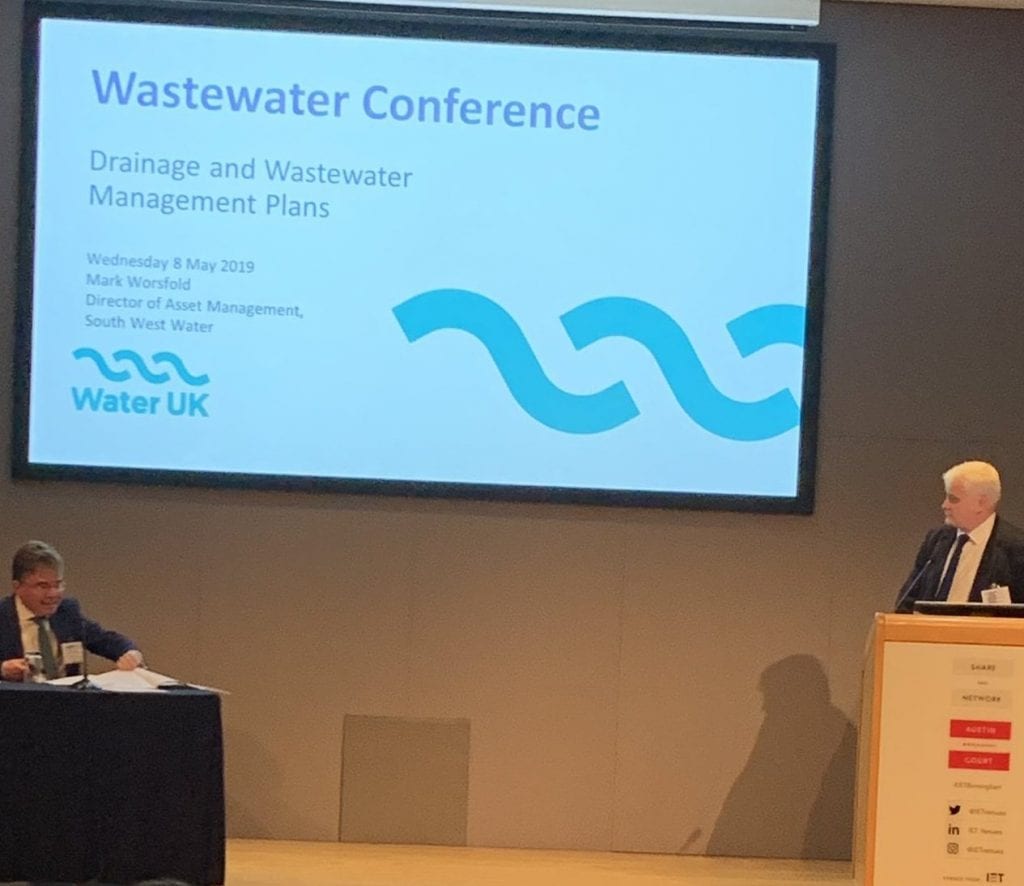
He expressed his hopes that the new DWMPs will be co-created with LLFAs and communities to ensure that plans for removing surface water from the foul network operate concurrently with the new management plans. Many of the water companies are already exploring the different models that can be applied to achieve such synergies.
Dr Matthew Roberts from the BMT group provided an insight into the importance of co-creation when reviewing and modelling catchment based urban drainage solutions. What was so exciting about the case study from the Pix Brook Catchment was the partnership working between Central Bedfordshire Council, Hertfordshire County Council and the Bedford Group of IDBs.
The importance of using the integrated rain on grid catchment model for this project cannot be understated and it highlighted the limitations of the pure hydrologic approach which can oversimplify the physical processes taking place.
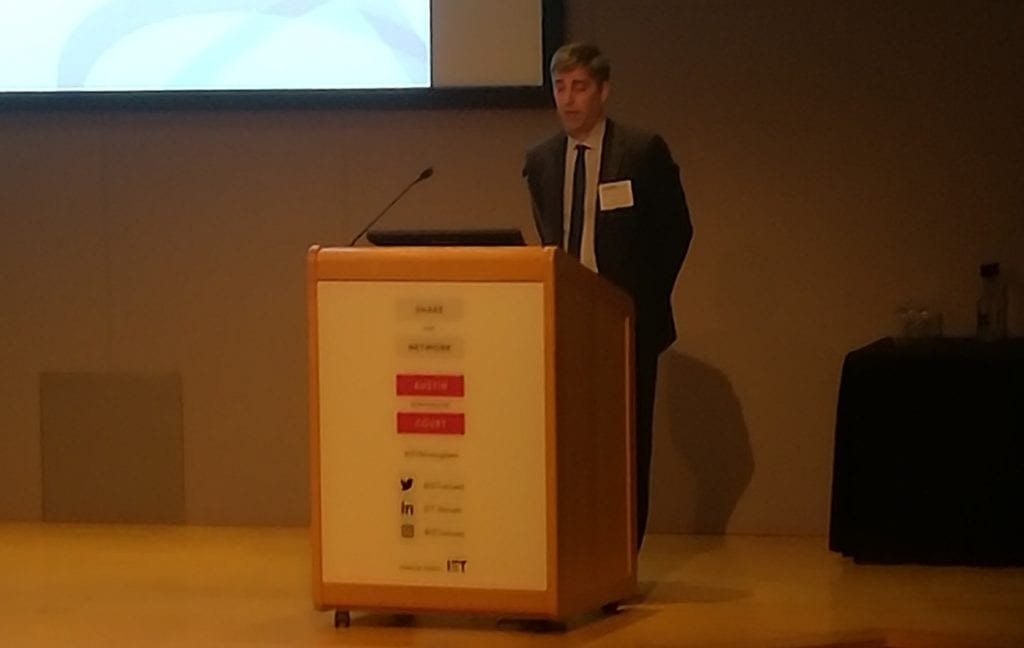
At GreenBlue Urban we are also passionate when it comes to incorporating highways as stakeholders into any sustainable urban drainage and water management projects and it seems that this was one of the achievements at Pix Brook. Integrating the highways and sewer flooding into models and then choosing options for further down the catchment enabled the teams to raise awareness across disciplines of the importance of early engagement at the design stage to ensure SUDs opportunities were not missed!
The presentation by Stantec outlining their work with Northumbrian Water along with Mott Mac highlighted one of the most important takeaways from the event, namely that pilot studies delivered on catchments enable utilities companies and local authorities to refine methodologies and deliver accurate data which in turn drives investment in best practice.
CIWEM was not the only SUDs focused event GBU recently attended. We had an exciting day exhibiting and learning at the WWT SUDS conference. The day was well structured with policy focused morning sessions ably chaired Alastair Chisolm from CIWEM.
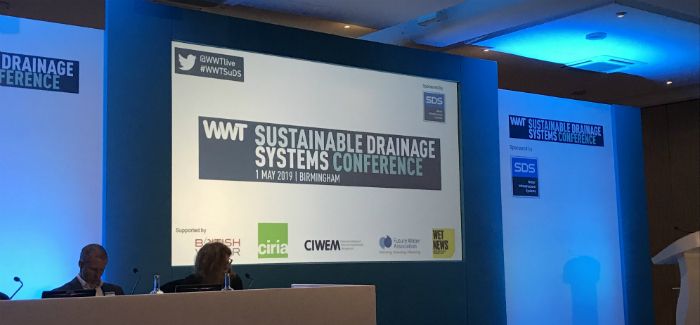
What was really noticeable was the difference here in England when compared to Wales. As session in the afternoon chaired by Martyn Evans of Natural Resources Wales and another panel focused on Wales supported by Ian Titherington who designed Greener Grangetown provided an overview of the challenges and opportunities associated with adopting schedule 3 of the Flood and Water Management Act.
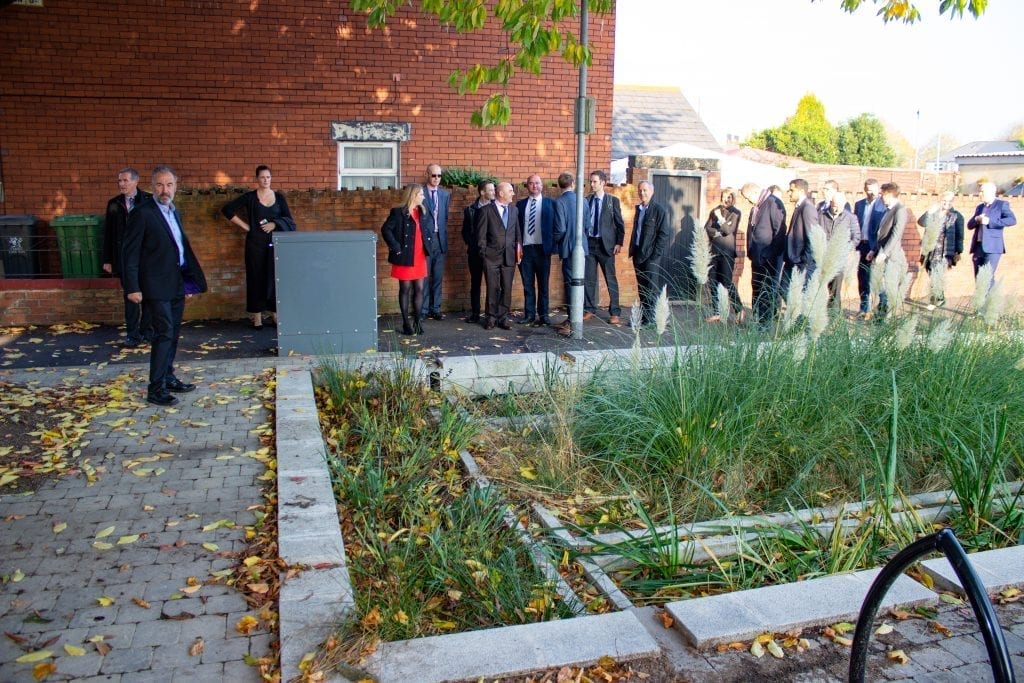
We focused on the non-technical standards that are still used in England and there was a lot of discussion around the various mechanisms that can be employed to try to get the government to boost the uptake of SUDs. An expert in urban planning, Charlotte really understands the challenges local authorities face when they don’t receive the resources and support from government to ensure that new development and retrofit schemes have the financial and policy backdrop to deliver desired outcomes.
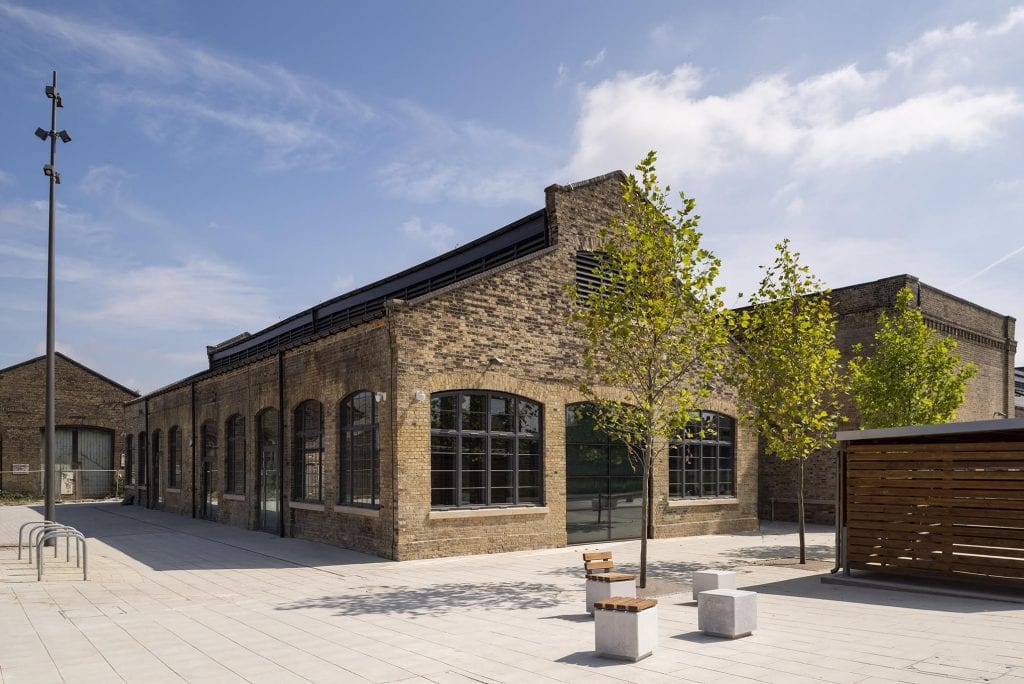
The new Sewers for Adoption guidance was also part of the conference agenda and so too were bespoke sessions on pollutant removal and retrofit. Retrofit is absolutely critical and at GreenBlue Urban dealing with pollutants in constrained retrofit scenarios is a challenge we have developed our ArborFlow system to address.
It was a pleasure to meet representatives from utilities companies who contributed proactively to the cost/benefit analysis panel discussion. We have to make the case for SUDS and with a variety of tools and methodologies how can we align the data we use, the metrics we employ and have a coherent investment plan in SUDs across England?
